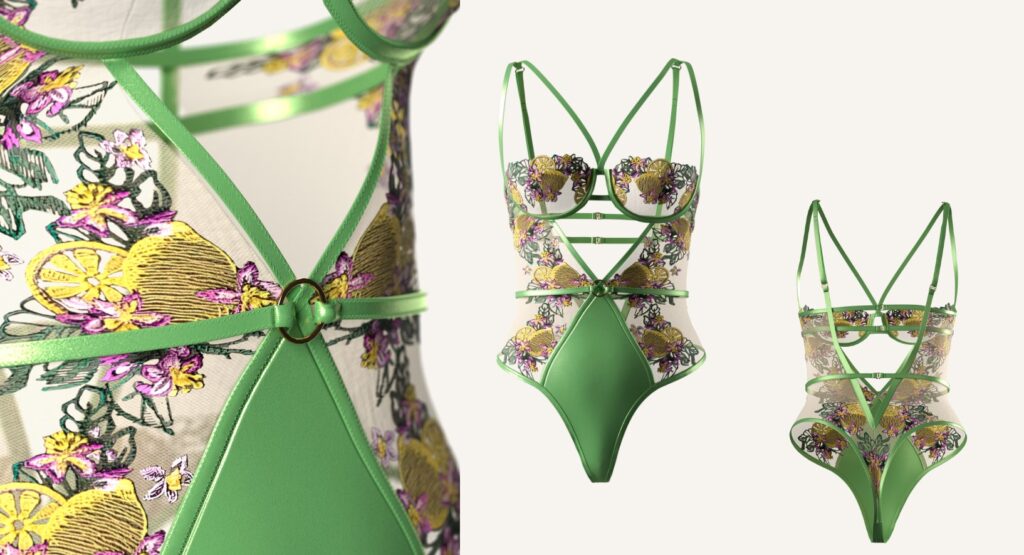
From Virtual to Reality
The Rise of Digital Fashion
3D fashion designer is a relatively new profession, so now it is a very open industry for experiments and collaborations. This is the most interesting time when the industry is being formed and artists in alliance with IT specialists work together and thus shape the future.
What does a 3D fashion designer do and why is it needed are the most important questions asked by people who first encountered this direction.

In my case, a designer creates clothes in digital form, which means they sew them exclusively in the digital space. These digital clothes exist and solely serve in the virtual realm. However, there are situations wherein users bring these digital clothes into reality. There are two main ways to create digital clothing. The first is to sew it, that is, create patterns in 2D format and sew them on the Avatar. And then work with it using simulations, that is, the object will be soft. The most popular program for this is Clo3D or Marvelous designer. Modeling is the second way where sculpting or polygonal modeling creates the appearance. It will be a solid object, you can create it in (Cinema4d, Zbrush, Blender and others). Different methods are used for different tasks.


The next question is why do we need 3D clothing. It seems to me a very wide range, which will expand over time. One of the main ones is FASHION with digital fittings, fashion shows in the metaverse, fittings in augmented reality and the smooth introduction of digital clothing into real fashion.
We already know many examples of how digital clothing was in advertising campaigns of various brands (Prada, Feng Chen Wang, Ader Error, Burberry, Nike, Dior, Gucci and others). I think this is not even a trend, but a sign of the relevance and modernity of the Brand. It not only attracts a new audience, but and significantly expands the opportunities for creativity in advertising, which certainly increases reach and moves the industry forward.
The gaming industry and the metaverse constitute the second main direction, actively utilizing digital clothing. In this context, we frequently observe the use of non-super realistic clothes, driven by technical requirements.
Well, we can single out a separate fourth direction. This is advertising, in a broad sense, not only advertising for clothing brands, but also for any brands that now use digital assistants or models, often with innovative and futuristic attire. This technique also attracts a new audience to the brand. And helps to create a new image and status for the brand in the global market.
This is where I want to end. Next time I will tell you more about the first direction of digital clothing – FASHION. And how fashion brands win the attention of the younger generation. Meanwhile, I welcome you to visit our 3D Studio by clicking here.
